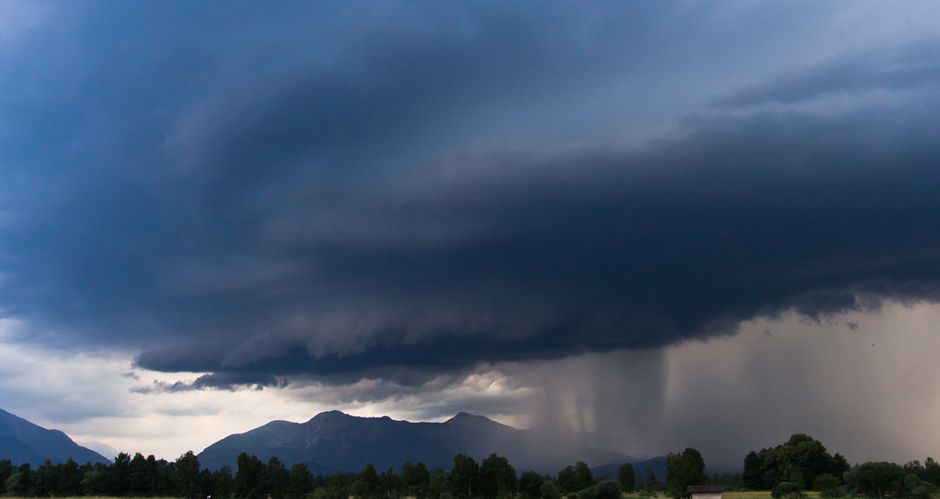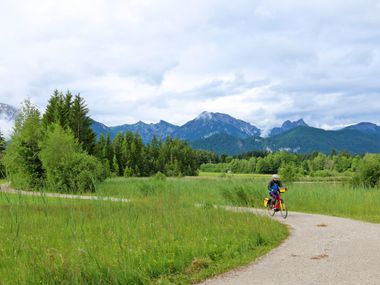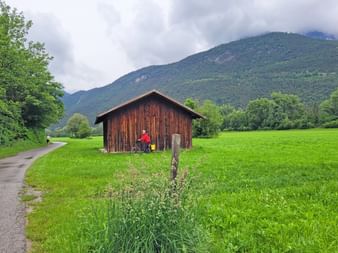Imagine the following scenario: You meticulously plan a cycling tour from start to finish. Everything seems perfect – anticipation goes through the roof. And then out of the blue an unwelcome surprise. The storm god completely thwarts your plans! Although you can plan many things, you cannot influence the weather. In order for you to not be surprised by a downpour, the Eurobike-cycling team explain to you, how to correctly ‘read’ the weather. First of all, however, we will explain what you have to consider if you get caught in a thunderstorm despite good planning.
Summer thunderstorms on the horizon?












